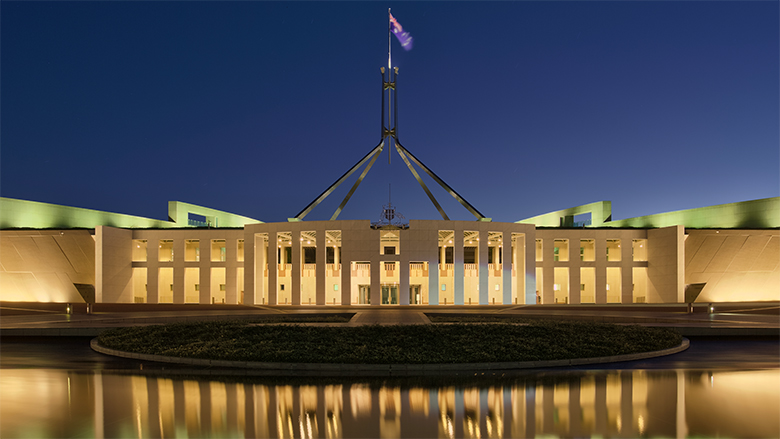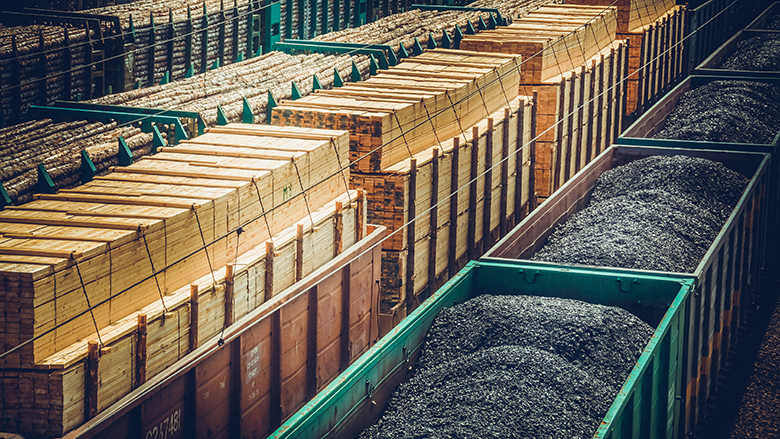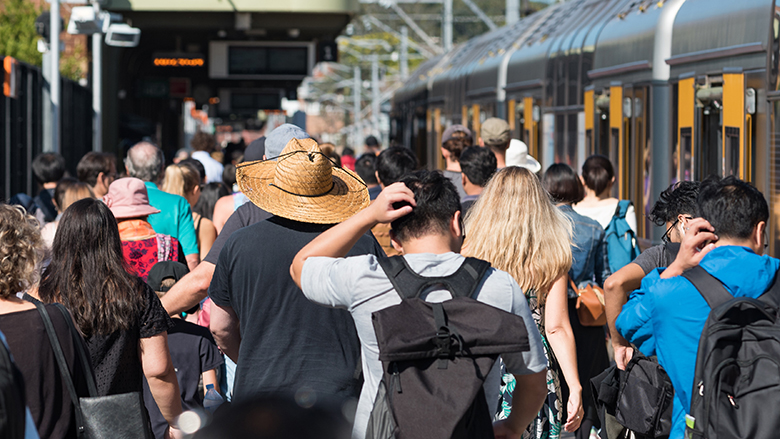A report published by CBA’s Global Economic and Markets Research team shortly after the Federal Budget was delivered noted that “the first Budget of the new Labor Government is an update of the 2022/23 Budget originally handed down by the previous government in March this year.
“As such, the Budget had a number of objectives — principally to submit the Government’s policy priorities and plans to the official financial accounts, and to ensure that the path forward for fiscal policy is consistent with the RBA’s monetary policy settings — to deal with the surge in inflation flowing through the economy,” the report said.
“For 2022/23 the Budget deficit is now forecast at $A36.9bn, 1.5 per cent of GDP. This is well down from the original budget deficit estimate for this year of $A78bn, 3.4 per cent of GDP, but little changed from the 2021/22 budget deficit of $A32bn, 1.4 per cent of GDP. As such, this represents little change in the overall fiscal position… from 2021/22 to 2022/23.
“In essence, the Government has resisted the temptation to use higher-than-expected revenue flows (which total $A144.6bn over the four years to 2025/26) to inject substantially more money into the economy,” noted the report. “This outcome is welcome and should provide some support to monetary policy to help bring inflation back under control.”
The report’s authors also write: “The Government has downgraded the outlook for global [economic] growth… The Budget notes that, ‘high inflation is sapping momentum and global growth is slowing by more than expected, with some major economies stalling or contracting. Higher global interest rates have increased the risk of recession across all major advanced economies, and the outlook for China has weakened.’ We very much agree.”
Below, CBA Newsroom highlights some of the major policy announcements outlined in the 2022/23 Federal Budget.
Families
In his speech to Parliament, Mr Chalmers acknowledged that “Australians know a complex combination of challenges at home and abroad is pushing up the cost of living” and announced a series of policies to address this — which included childcare and paid parental leave initiatives.
CBA Economists’ view: The largest single initiative in this year’s Budget is making childcare cheaper. Child Care Subsidy rates will increase and will be made available for families earning up to $A530,000 pa. Around 96% of families will be better off with the new subsidies while the remaining 4% will be no worse off. The aim is to incentivise female labour force participation and remove the disincentive for second income earners to work reduced hours. The cost to the Budget is expected to be $A4.7bn over four years.
The paid parental leave scheme will also be expanded, allowing families to access additional paid parental leave. An extra two weeks’ parental leave will be added each year to the existing allocation of 18 weeks, reaching a maximum figure of 26 weeks by 2026/27. The parental leave can be split between both parents. This change is expected to cost $A531 million over four years.
Housing
Mr Chalmers’ cost-of-living announcements also included a number of measures intended to make housing more affordable, including the Regional First Home Buyer Guarantee supporting another 10,000 new homeowners each year; the Help to Buy Scheme; and the new Housing Accord, an agreement between governments, investors and the construction industry.
CBA Economists’ view: The Accord sets an aspirational target of delivering 1 million new homes over five years from mid 2024. The Government will provide $A350m over five years to deliver 10,000 new affordable dwellings for low and middle income families per year. The state and territory governments are also expected to deliver 10,000 new affordable homes per year. The Accord builds on the Government's $10billion investment to establish the Housing Australia Future Fund. Returns from the Fund will be used to build 30,000 new social and affordable dwellings over 5 years.
Sustainability
In September, the Government legislated emissions reduction target of 43 per cent by 2030 and net zero by 2050, and its subsequent Budget included a number of clean energy measures.
CBA Economists’ view: Initiatives under the sustainability banner in the Budget include $A224.3m for the Community Batteries for Household Solar Program which aims to deliver up to 400 community batteries to store solar energy. These batteries will provide energy to up to 100,000 households. There is $A102.2m for solar banks which aims to provide cheaper energy to 25,000 households.
Electric vehicles are a feature of the Budget with $A500m set aside to reduce transport emissions including electric vehicle charging infrastructure and hydrogen highways for key freight routes. There will be tax cuts and incentives to encourage the purchase of electric vehicles. The Government will ensure that at least 75 per cent of its vehicles are electric by 2025.
Read the full Federal Budget 2022/23 update.
For more information, visit: commbank.com.au/federal-budget




